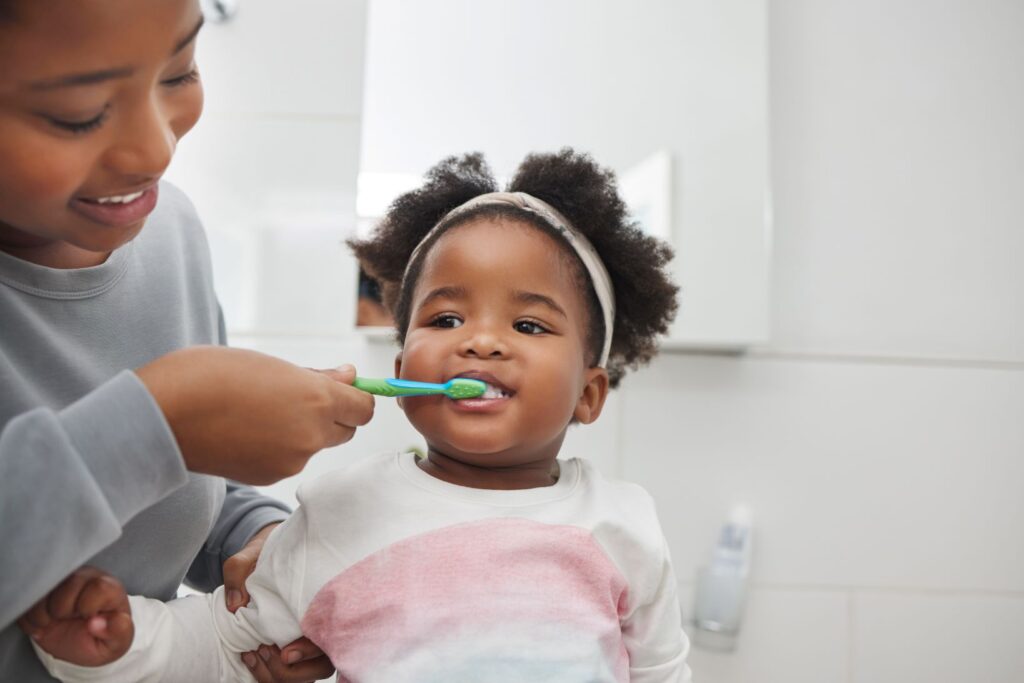
It is estimated that about 97 percent of all people will experience at least one dental cavity in their lifetime, and approximately 60 percent of all American children will likely have one
hygiene, they’re not always easy to spot, especially if they’re interproximal (between the teeth).
Here’s how you can help your child prevent interproximal cavities, and some warning signs they could already have one.
What Causes Interproximal Cavities?
Interproximal cavities can occur when you eat a diet high in carbohydrates and sugar, and if you don’t brush your teeth or floss well between each tooth. Flossing is especially important in preventing this type of decay because it is your best defense against plaque and food debris that can become stuck between the teeth.
How Can I Tell If My Child Has an Interproximal Cavity?
Unfortunately, because you can’t see between your child’s teeth, you may not realize they even have a cavity forming until they see the dentist, or the tooth has become problematic. If they are experiencing any tooth sensitivity, pain, difficulty chewing, or if you see any dark colored spots forming between the teeth, this can be the sign of an interproximal cavity, and it should be evaluated by a dentist.
How Do You Treat an Interproximal Cavity?
If your child is diagnosed with an interproximal cavity, there are several options for repair depending upon the location and the severity of the damage. If caught early, often it can be treated with just a filling, however larger or deeper cavities may require a root canal or crown. In severe cases, your child may require a tooth extraction to prevent the spread of infection.
How Can I Help My Child Prevent Interproximal Cavities?
Preventing interproximal cavities is easier than you might think. Helping your child brush twice a day and floss at least once a day can help keep their teeth clean, breath fresh, and harmful cavity-causing oral bacteria at bay.
Remember, it isn’t always easy to spot interproximal cavities, which is why helping encourage your child to brush, floss, and visit the dentist twice a year is so important. These steps can truly make a difference in protecting their teeth and spotting any problems before they escalate.
About Dr. Vahid
Dr. Sheh Vahid was raised by a family of dentists and developed a passion for oral health early on. Today, she enjoys treating her own patients in a warm, friendly atmosphere that helps make oral health fun for kids. Dr. Vahid is a member of the American Dental Association, the Georgia Dental Association, the American Academy of Pediatric Dentistry, the Southeastern Society of Pediatric Dentistry, and the American Board of Pediatric Dentistry.
To schedule an appointment at Woodland Pediatric Dentistry to treat a cavity or any other oral health concern, please visit our website or call us today at 678-498-2878.
